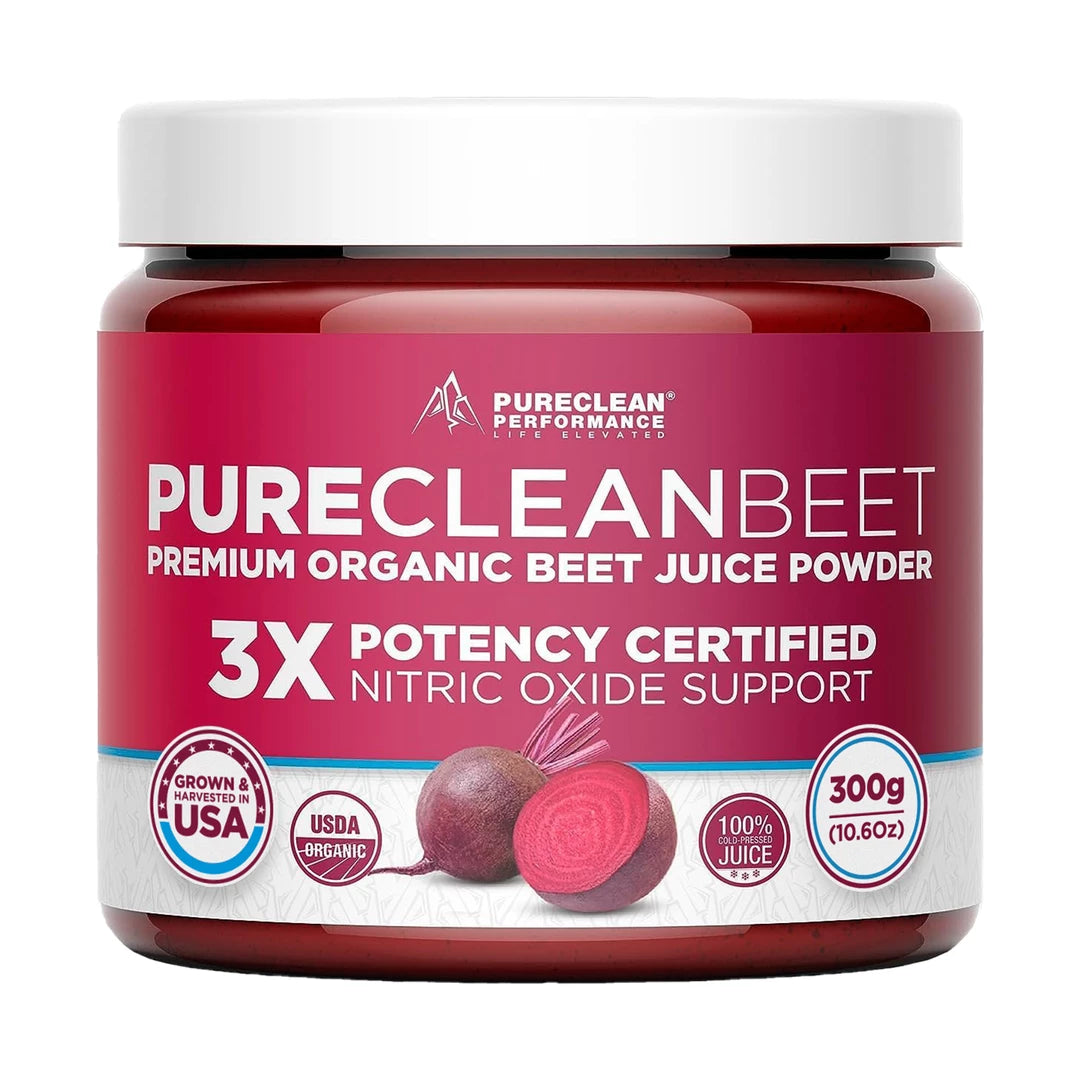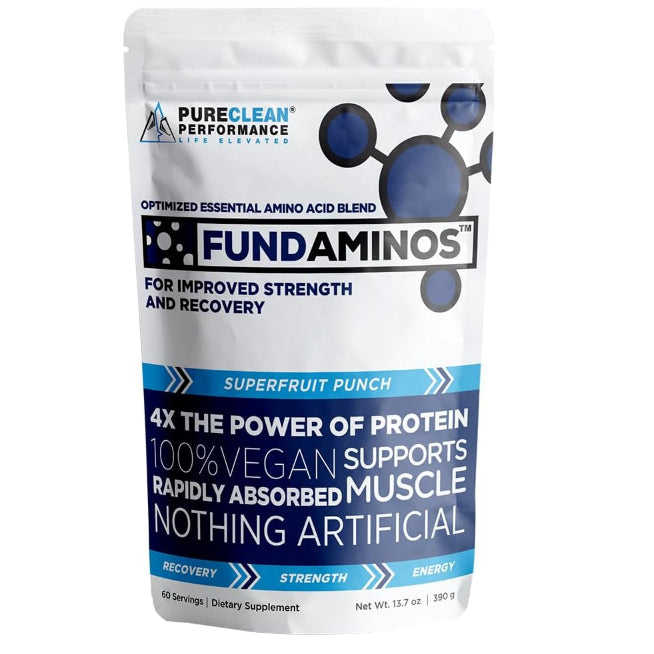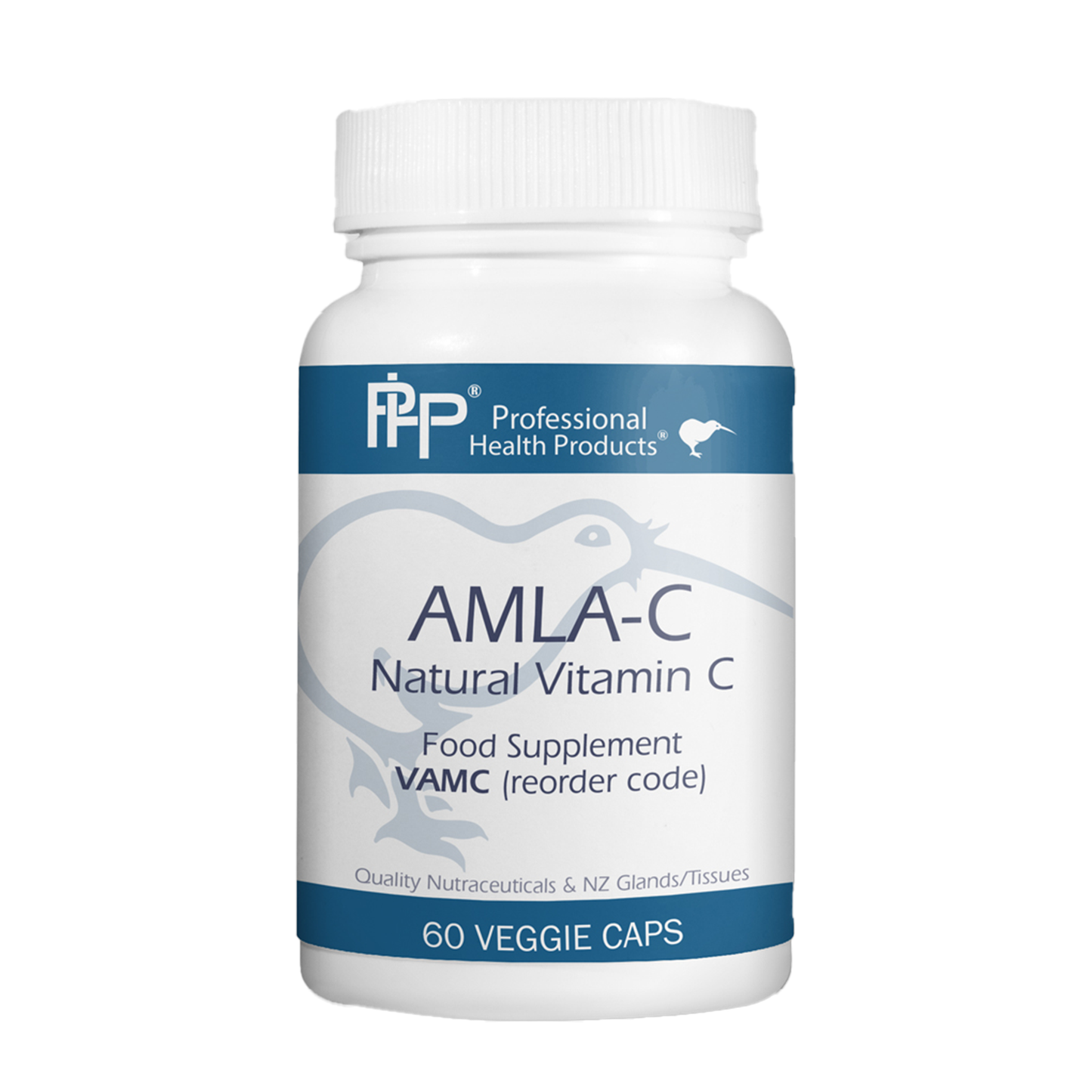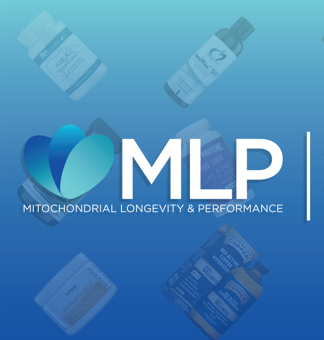Omega 3 Fatty Acids Assessment
The Omega-3 Index Plus Test measures fatty acid levels in the blood and reports omega-3, omega-6, AA:EPA Ratio and trans fat blood levels.
The Omega-3 Index, Trans Fat Index, Omega-6/Omega-3 ratio and AA/EPA ratio all can be changed by what you eat. But everyone responds differently to dietary changes, so the only way to know is to test. We recommend testing every 4-6 months to confirm you are getting the right mix of fats in your diet.
Omega 3 Index: The Omega-3 Index test measures the amount of EPA and DHA in your blood, specifically the red blood cell membrane. Membranes, or cell walls, are made of different kinds of fats called fatty acids. We have found that having a higher proportion of EPA and DHA in the membrane tracks with how much omega-3 is in your diet and is a marker of better health. Raising your Omega-3 Index to the desirable zone of 8% will help ensure you are getting enough of the right omega-3s — EPA and DHA — to protect your health.
Trans Fat Index: The Trans Fat Index measures the trans fats from industrial production and should be below 1%.
Omega-6:Omega-3 Ratio: The Omega-6/Omega-3 ratio analyzes 7 omega-6 fatty acids and 4 omega-3 fatty acids. The total amount of omega-6s and omega-3s are divided by each other to get a ratio. We recommend a ratio of 3-5:1 (omega-6:omega-3).
AA:EPA Ratio: The AA/EPA ratio is your level of arachidonic acid (AA), an omega-6 fatty acid, vs. eicosapentaenoic acid (EPA), an omega-3 fatty acid. These are important fatty acids in metabolism because powerful signaling molecules can be made from them. These molecules can affect anything from blood clotting to birth contractions to inflammatory responses. Having different levels of these two fatty acids could affect processes that ultimately impact inflammation and overall health.
Get fast shipping with every order; free shipping on orders over $100. There is no free shipping on the MLP Formulary products, but you will get 25% off MLP Formulary orders over $100 with the code MLP123 at checkout.
Get fast shipping with every order; free shipping on orders over $100. There is no free shipping on the MLP Formulary products, but you will get 25% off MLP Formulary orders over $100 with the code MLP123 at checkout.
We offer a 100% satisfaction or your money back guarantee.
We offer a 100% satisfaction or your money back guarantee.
If you need help with your purchase, reach out to us at anytime. We answer 100% of the time; most answer occur same or next day. Also we have live chat.
If you need help with your purchase, reach out to us at anytime. We answer 100% of the time; most answer occur same or next day. Also we have live chat.
We promise the lowest prices we can offer. If you happen to find a lower price on a same quality and type of product, we will attempt to match the price for you.
We promise the lowest prices we can offer. If you happen to find a lower price on a same quality and type of product, we will attempt to match the price for you.
Omega 3 Fatty Acids Assessment
The Omega-3 Index Plus Test measures fatty acid levels in the blood and reports omega-3, omega-6, AA:EPA Ratio and trans fat blood levels.
The Omega-3 Index, Trans Fat Index, Omega-6/Omega-3 ratio and AA/EPA ratio all can be changed by what you eat. But everyone responds differently to dietary changes, so the only way to know is to test. We recommend testing every 4-6 months to confirm you are getting the right mix of fats in your diet.
Omega 3 Index: The Omega-3 Index test measures the amount of EPA and DHA in your blood, specifically the red blood cell membrane. Membranes, or cell walls, are made of different kinds of fats called fatty acids. We have found that having a higher proportion of EPA and DHA in the membrane tracks with how much omega-3 is in your diet and is a marker of better health. Raising your Omega-3 Index to the desirable zone of 8% will help ensure you are getting enough of the right omega-3s — EPA and DHA — to protect your health.
Trans Fat Index: The Trans Fat Index measures the trans fats from industrial production and should be below 1%.
Omega-6:Omega-3 Ratio: The Omega-6/Omega-3 ratio analyzes 7 omega-6 fatty acids and 4 omega-3 fatty acids. The total amount of omega-6s and omega-3s are divided by each other to get a ratio. We recommend a ratio of 3-5:1 (omega-6:omega-3).
AA:EPA Ratio: The AA/EPA ratio is your level of arachidonic acid (AA), an omega-6 fatty acid, vs. eicosapentaenoic acid (EPA), an omega-3 fatty acid. These are important fatty acids in metabolism because powerful signaling molecules can be made from them. These molecules can affect anything from blood clotting to birth contractions to inflammatory responses. Having different levels of these two fatty acids could affect processes that ultimately impact inflammation and overall health.
Get fast shipping with every order; free shipping on orders over $100. There is no free shipping on the MLP Formulary products, but you will get 25% off MLP Formulary orders over $100 with the code MLP123 at checkout.
Get fast shipping with every order; free shipping on orders over $100. There is no free shipping on the MLP Formulary products, but you will get 25% off MLP Formulary orders over $100 with the code MLP123 at checkout.
We offer a 100% satisfaction or your money back guarantee.
We offer a 100% satisfaction or your money back guarantee.
If you need help with your purchase, reach out to us at anytime. We answer 100% of the time; most answer occur same or next day. Also we have live chat.
If you need help with your purchase, reach out to us at anytime. We answer 100% of the time; most answer occur same or next day. Also we have live chat.
We promise the lowest prices we can offer. If you happen to find a lower price on a same quality and type of product, we will attempt to match the price for you.
We promise the lowest prices we can offer. If you happen to find a lower price on a same quality and type of product, we will attempt to match the price for you.
PureClean Performance Perfections
Testimonials
A natural energy charge
Clean ingredients; you know what you are taking
Consistently a great product
Love the convenience and performance boost of this beet product from PCP!
My Favorite
Excellent flavor, nutrition, and texture. Best supplement powder brand I know of.
Frequently asked questions
Our family business, formula science and focused clinical-research is our pure power, and now it's yours! Every single product is 3rd-party certified, and small-batch crafted in-house with care for maximum potency, purity, and for your safety.
Our family business, formula science and focused clinical-research is our pure power, and now it's yours! Every single product is 3rd-party certified, and small-batch crafted in-house with care for maximum potency, purity, and for your safety.
We only use clean-label, feel-good ingredients that you'll feel good about consuming. Live a clean lifestyle with premium, all-natural and organic supplements sourced directly from nature!
We only use clean-label, feel-good ingredients that you'll feel good about consuming. Live a clean lifestyle with premium, all-natural and organic supplements sourced directly from nature!
All our products are designed specifically to boost your performance including health and wellness, energy, strength, endurance, focus, immunity, and blood flow. PureClean Performance is 100% committed to helping you live your best life!
All our products are designed specifically to boost your performance including health and wellness, energy, strength, endurance, focus, immunity, and blood flow. PureClean Performance is 100% committed to helping you live your best life!
At PureClean Performance, our customers are not just customers. They are family. That's why we put everything we have into each and every product and service so you know you getting what you really deserve.
At PureClean Performance, our customers are not just customers. They are family. That's why we put everything we have into each and every product and service so you know you getting what you really deserve.
We only support what's good for you and the planet. Enjoy our all-natural selection of premium health and performance enhancing formulas and products.
We only support what's good for you and the planet. Enjoy our all-natural selection of premium health and performance enhancing formulas and products.
Hey, we know you came here for a reason! No matter if that's an improved body image or weight, improved performance, more energy, less pain, longer life, or peace and balance in your life and heart, it is our PureClean Performance promise that we will do everything we can to fulfill your goals and help you live life elevated.
Hey, we know you came here for a reason! No matter if that's an improved body image or weight, improved performance, more energy, less pain, longer life, or peace and balance in your life and heart, it is our PureClean Performance promise that we will do everything we can to fulfill your goals and help you live life elevated.
Since 2008, we've been trusted by thousands of satisfied customers and elevated the lives of even thousands of more people, too!
Since 2008, we've been trusted by thousands of satisfied customers and elevated the lives of even thousands of more people, too!
Unlock Your Best Self!


Welcome to PureClean Performance
Get Ready to Get Your Best
From the blog
Heart rate variability has become a widely used “health score,” but its meaning is often misunderstood. This article offers a...
Why You Should Never Drink Distilled Water - Dr. Rick Cohen, M.D.
Most people assume distilled water is the cleanest, safest, or “healthiest” water you can drink. It isn’t. Distilled water is...
What is Senactiv® (AstraGin®)?
Senactiv, AstraGin, glycogen fuel, muscle glycogen, citrulline pre workout, EAA, amino acids, senolytic sportsceutical, muscle cell renewal, ATP energy, endurance...



















